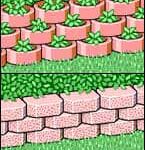This expert guide will help you choose the right garden theme for your home and develop a garden plan. Learn about different garden themes and how to create a garden plan.
Your personal preferences are what will set your garden apart and define the space as your own. Choosing what best reflects your sense of style can seem overwhelming, but it is also the most fun and creative part of the design process.
What you ultimately decide on, however, will depend not just on your personal taste but also your climate and what works well with the architectural style of your house. In addition, it will depend on how much time you can, and want to, devote to garden care.
If you’re an avid gardener, then time spent keeping up the space is not a chore but a hobby. If you’re looking for good looks but not a lot of upkeep, then you’ll want to choose a design, materials, and plants that don’t require much maintenance.
Just as with interior design, there are any number of styles from which to choose, from classic to cottage to contemporary. Some choices seem obvious: a succulent-inspired landscape surrounding a desert adobe, a hedge-lined formal entry leading up to a Tudor- style home, or a garden filled with ornamental grasses to set off a modern structure. Here’s a closer look at several types of gardens and their features:
Asian Design
Asian gardens are meant to reflect the serenity of the natural world. The dominant color is green, with colorful foliage used sparingly. Shapes are tailored and controlled, and stone and water are frequently used elements. These gardens work well with Asian-inspired and contemporary architecture and in natural settings; they are also a popular choice for small urban gardens.
Contemporary Design
Hardscape elements are prominent in contemporary design. Traditional plantings can be used in new ways, such as setting tufts of grass amid rocks to form a steppingstone path rather than placing the stones in the grass. Plants are often chosen for their strong sculptural shapes, and bold colors may dominate. Ornamental grasses add softness.
Cottage Style
Cottage gardens may have had their start as a practical mix of vegetable, fruit, and herb plants, but they’ve since evolved into a riotous combination of flowering perennials, shrubs, and trees. Perhaps the most dominant feature of a cottage garden is its lack of structure. Plants don’t seem to have been set in place with any precise plan, and they often spill out into other areas of the garden. Although this style is traditionally paired with a “cottage” style of architecture, it is surprisingly adaptable. For more-traditional homes, confine the plants to garden beds and surround them with more-formal features, such as lawns or hardscape.
Desert Design
Gardens in the Southwest have a unique style that reflects the native landscape as well as Indian and Spanish cultural influences. Strong colors for both plants and decorative features are designed to hold their own against the intense natural sunlight, and courtyards and water features are prevalent.
Eclectic
Perhaps nothing is so personal as the eclectic garden. This garden mixes a range of styles, with strong focal points but no one predominant point of view. What ties an eclectic garden together is an underlying theme, such as a color, plant, or collection.
A close relative is the fantasy garden, designed to reflect a specific place, whether a Hawaiian paradise or a woodsy campsite. These gardens can work with any architectural style, but beware of overdoing. Too much of a good thing can turn a garden that’s quirky into one that’s chaotic.
Formal Design
This is the classic garden style associated with showcase landscapes in England and France. Symmetry is a key feature, and patterns and hedges play a strong role. Formal gardens are a good choice for entries; they work equally well with traditional architecture and homes with strong architectural features.
Mediterranean
Based on the gardens of Italy, Spain, Portugal, and the southern coast of France, the Mediterranean garden features fragrant plants, terra-cotta pots, stone and tile accents, and an emphasis on outdoor living, all in a judicious mix of formality and informality. It is an especially good choice for a waterwise garden and blends well with Italian- and Spanish- style architecture.
Native or Natural Style
Whether it’s called native or natural, this garden is designed to reflect the natural landscape that surrounds it. It’s a habitat for birds, bees, and butterflies and a great choice for families with children. Because it blends in with the surrounding countryside, it looks at home in any setting. For best effect, though, keep the formal areas close to the house and let the farther reaches have a softer, more natural look. A big bonus: Because these gardens feature native plants, upkeep is generally easy.
Tropical
Tropical gardens have come into their own in the past decade. While a true tropical will only thrive in the mildest climates, subtropicals can be surprisingly hearty in moderate climates. Cold-climate gardeners who are willing to take on the task of overwintering plants, or starting anew every spring, can also enjoy this style of garden during the summer.
Lush, large foliage and standout colors are key components of a tropical garden, and there are few, if any, bare spots between plants. A surprisingly large range of architectural styles, from contemporary to Mediterranean to Asian, show off these plants to best advantage, but, if you love the style but don’t think it works well with your home, consider creating a small tropical container garden.
How to Plan & Design a Garden
How do you design and plan a garden so that it is an striking enhancement to your home? The basic rules of design apply to exterior spaces just as they do to interior spaces. Perhaps the most important rules are those of proportion and scale. The various parts of the garden should work well with one another as well as with the overall space.
Two other important considerations are symmetry and rhythm. Symmetry is created by balancing matching or similar features in the space. By repeating elements, whether plants, hardscaping, or decorative accents, you create a sense of rhythm.
Also don’t overlook the importance of focal points and accents. Focal points, whether they’re plants, decorative elements, or views, highlight specific areas of the garden. Accents add pops of interest throughout the space.
Making Choices for Your Garden
Before rushing to the nursery or lining up a landscape contractor, take the time to look at what you have and how you want to use your space. Start with a wish list. Write down all the ways you wish to use the space, even if they seem to clash. Your list might include a play space for the kids, a dog run, an area where adults can relax, a spot for grilling, a cutting garden, and fruit trees. Think about amenities such as an outdoor kitchen, fireplace, or water feature. Also think about the practicalities, such as where you’ll keep the gardening tools and the lawn mower.
Creating a Garden Plan
When you know what you want, it’s time to decide how it will work in your yard. Start with a basic plan of your yard. Although you don’t need a professional blueprint, take accurate measurements of all parts of the space so you can create a scale drawing.
Once you have the basic outline of your space on paper, indicate areas of sun and shade, as well as other factors such as prevailing winds, wet and dry soil, and high or low spots.
This is a good time to determine your soil type and make plans for adding amendments if your soil is excessively hard or loose. If you have any features you want to highlight, such as a view, or that you want to hide, such a neighbor’s windows, indicate them on the plan as well. Also note existing features that you want to keep.
Remember that climatic factors change throughout the day. Areas that are sunny in the morning may be in deep shade by afternoon, or vice versa. Sun patterns also change with the seasons; in summer, the sun is higher and casts less shade throughout the day. Winds may be stronger in the afternoons and evenings, or in spring or summer. Soggy areas in winter may be fine for planting in spring through fall. You’ll also want to find out about any government or homeowner regulations that might affect your plans.
With this base map, you can begin to plan your space. The easiest way is to place tracing paper over the map and try out different configurations. Many professionals recommend starting with simple bubbles, or circles, to indicate features or activity areas. Think of your outdoor space as a room or a series of rooms, and match the function to the location. A consistently sunny spot is ideal for a swimming pool or vegetable garden but may be too hot for a sitting area.
You may want the entertaining area to be close to the house for easy access to the kitchen, or you may be willing to forego that to have it take advantage of a wonderful view at the rear of the property. The play area may be next to the lawn, while the garden shed is hidden in a neglected corner. Try a variety of configurations; you might be surprised at what works best.
Today’s smaller yards often don’t allow the luxury of areas devoted to a single purpose. Even so, it could be possible to create any number of functions in a small space. Consider doubling up: Combine the grill and fireplace with a seating area; mix flowers and vegetables in raised planters that also serve as walls for a patio or deck; cover a child’s sandbox with a wood top that becomes a deck and seating area. Also look for nooks and crannies to make a difference: A simple bench with pillows tucked to the side of a patio can function as a retreat; raising a deck just a step or two provides additional seating along the steps.
Garden Planning Details
Once you’ve decided what goes where, make a final map. Change the bubbles to specific outlines of the features, such as the size of a patio or the exact curve of a garden bed. If you’re unsure about how things will look in real life, use props like stakes, chalk, gypsum, or folding chairs to lay out areas in your garden and then make adjustments.
The final step is deciding on materials, plants, and decorative accents. Take ideas from gardening magazines, garden tours, home centers, nurseries, building suppliers, and the Internet. There’s a wide range of materials available to fit every garden style and every budget. Consult these same resources to find out what plants will work well in your area. Even if a plant may not thrive in your location, you can usually find substitutes that will work well.
Lastly, look for the final decorative touches that make your garden unique. Garden furniture is the obvious starting point, but also look for containers, lighting, and water features. And don’t forget special touches like birdhouses, colorful walls, and even art.




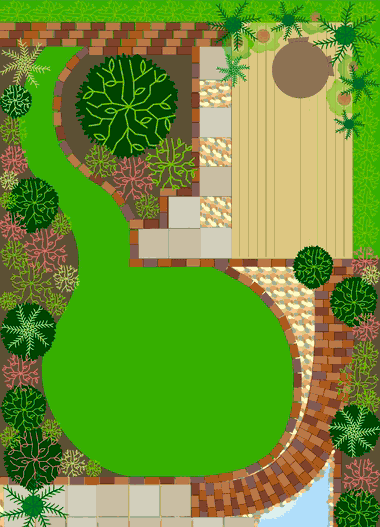
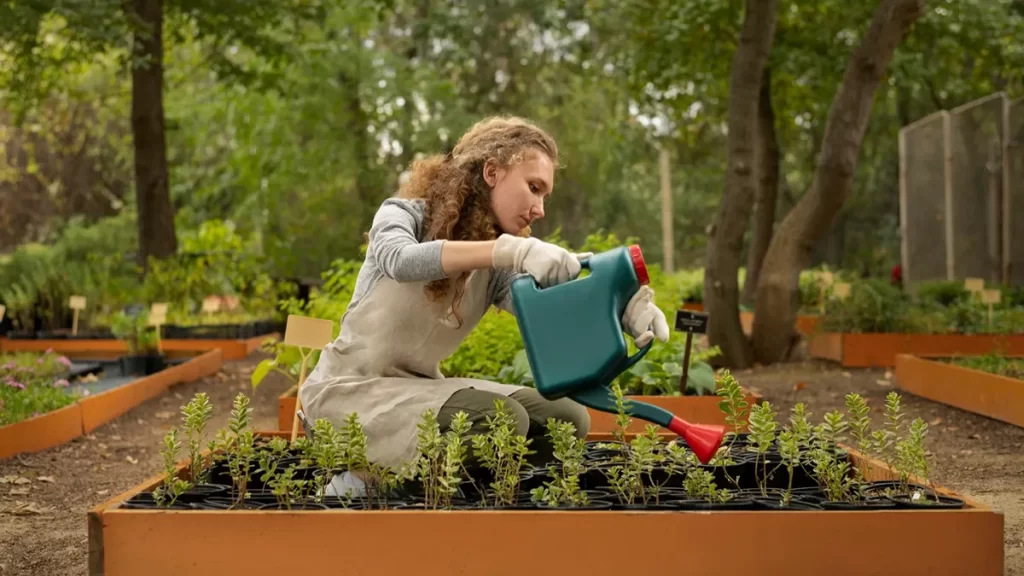
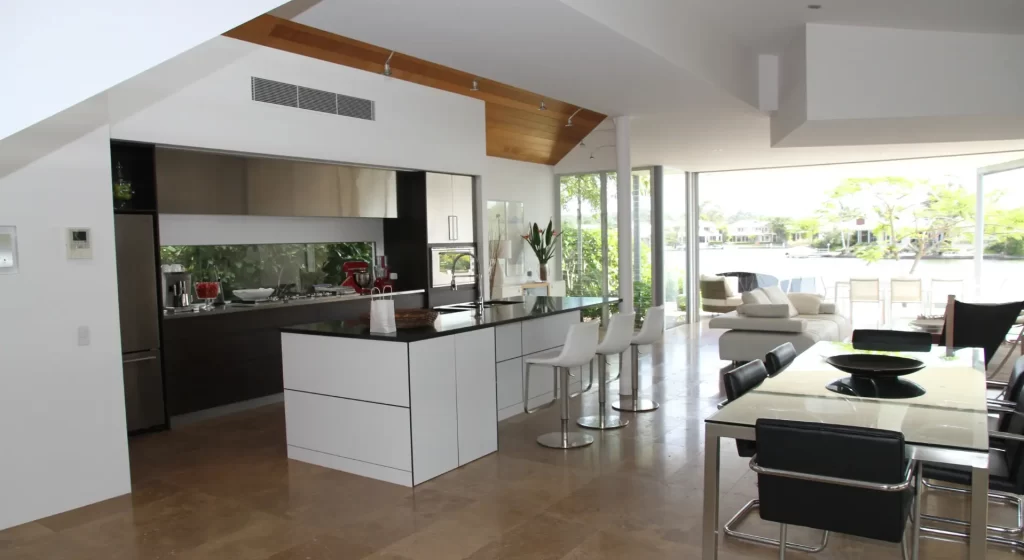

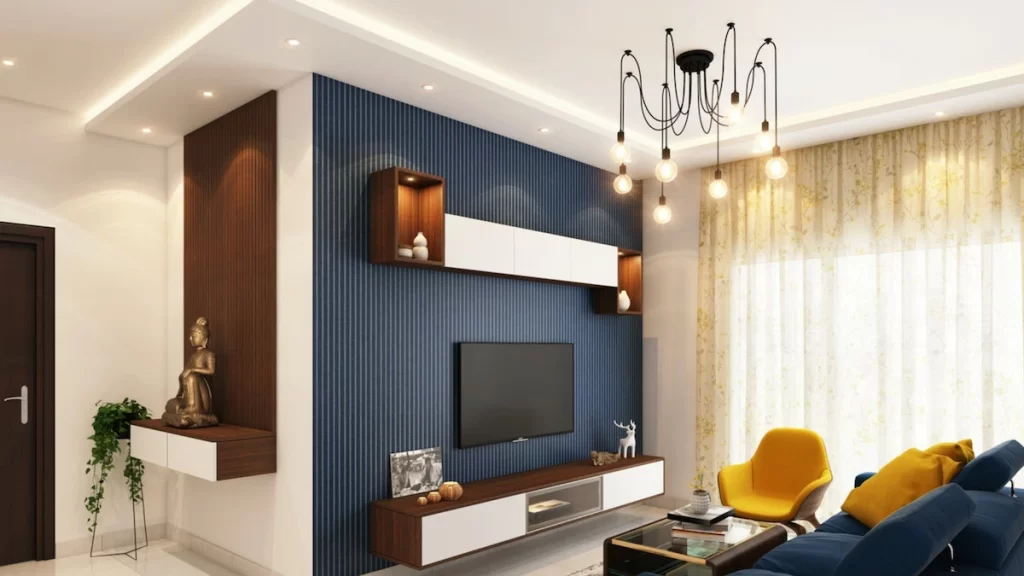
 Don Vandervort writes or edits every article at HomeTips. Don has:
Don Vandervort writes or edits every article at HomeTips. Don has:

